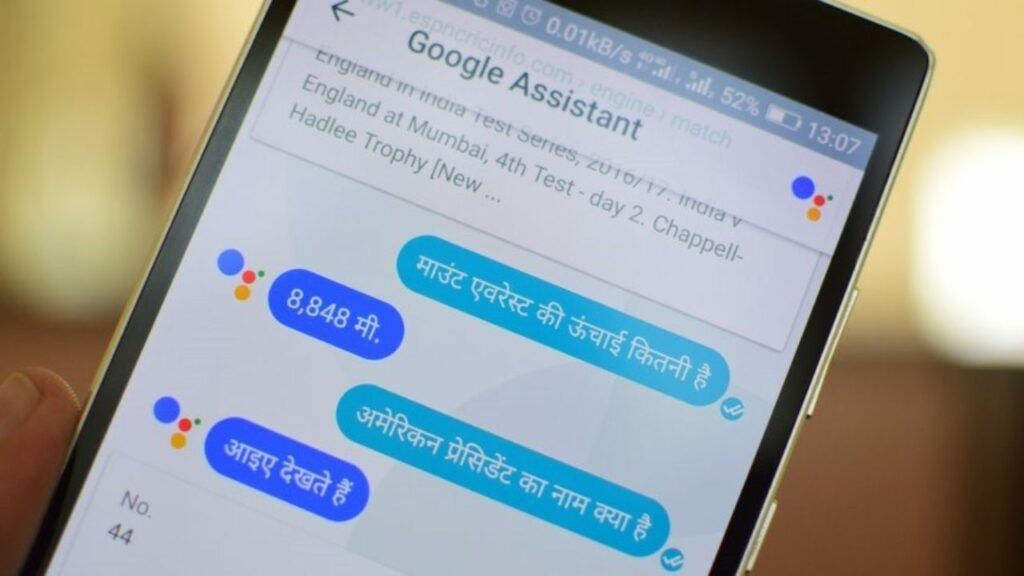Indian private telecom operators Bharti Airtel, Reliance Jio, and Vodafone Idea are gearing up to introduce a new Caller Name Presentation (CNAP) feature. This technology will allow users to view the caller’s name without relying on third-party apps like Truecaller. The initiative involves partnerships with leading technology companies such as HP, Dell, Ericsson, and Nokia for deploying necessary servers and software.

What is CNAP?
CNAP is a supplementary service designed to improve caller identification. It displays the verified name of the caller on the recipient’s phone screen, leveraging the caller’s Know Your Customer (KYC) data. Unlike existing third-party apps that rely on crowd-sourced information, CNAP will offer more reliable caller identification.
DoT’s Push for Faster Implementation
The Department of Telecommunications (DoT) has been actively promoting the implementation of CNAP since the Telecom Regulatory Authority of India (TRAI) recommended it in February 2024. This initiative is part of a broader effort to minimize spam and scam calls. While most telecom operators are preparing for phased implementation, there are challenges, especially for 2G networks that lack the technical infrastructure to support CNAP.
Addressing Spam and Scam Calls
To tackle fraudulent activities, the DoT has also directed operators to label non-+91 numbers as international, making it easier to identify potential scams. Airtel has already rolled out this feature to enhance security for its users. Additionally, telecom companies like Airtel, BSNL, and Vodafone Idea have implemented AI-based network intelligence solutions. These systems detect and prevent spam calls and messages, protecting customers from fraudulent schemes.
Challenges and Privacy Concerns
Despite its potential benefits, the implementation of CNAP has raised some privacy concerns. Users may be hesitant to share their names, and experts suggest that telecom companies will need to ensure data protection and transparency. Additionally, handset manufacturers are encouraged to enable CNAP compatibility to maximize the service’s effectiveness.
Conclusion
The CNAP feature is a significant step toward improving caller transparency and reducing spam calls in India. While technical limitations remain for 2G networks, the collaborative efforts of telecom operators and technology partners are expected to overcome these challenges. The rollout of CNAP will undoubtedly enhance user experience and security in the Indian telecommunications landscape.













